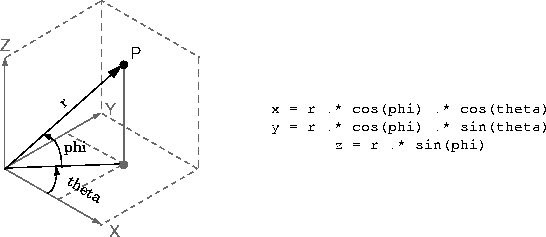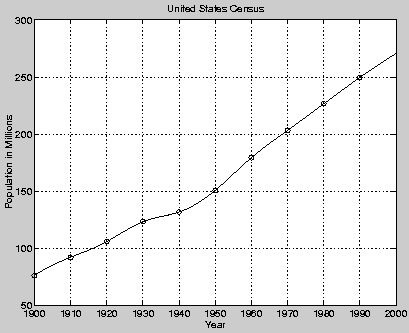Secant and hyperbolic secant
Syntax
Y = sec(X)
Y = sech(X)
Description
The sec and sech commands operate element-wise on arrays. The functions' domains and ranges include complex values. All angles are in radians.
Y = sec(X)
returns an array the same size as X containing the secant of the elements of X.
Y = sech(X)
returns an array the same size as X containing the hyperbolic secant of the elements of X.
Examples
Graph the secant over the domains  and
and  and the hyperbolic secant over the domain
and the hyperbolic secant over the domain 
x1 = -pi/2+0.01:0.01:pi/2-0.01;
x2 = pi/2+0.01:0.01:(3*pi/2)-0.01;
plot(x1,sec(x1),x2,sec(x2))
x = -2*pi:0.01:2*pi; plot(x,sech(x))

The expression sec(pi/2) does not evaluate as infinite but as the reciprocal of the floating-point accuracy eps, because pi is a floating-point approximation to the exact value of  .
.
Algorithm

See Also
asec, asech Inverse secant and inverse hyperbolic secant
[ Previous | Help Desk | Next ]

 and
and  and the hyperbolic secant over the domain
and the hyperbolic secant over the domain 
 .
.
